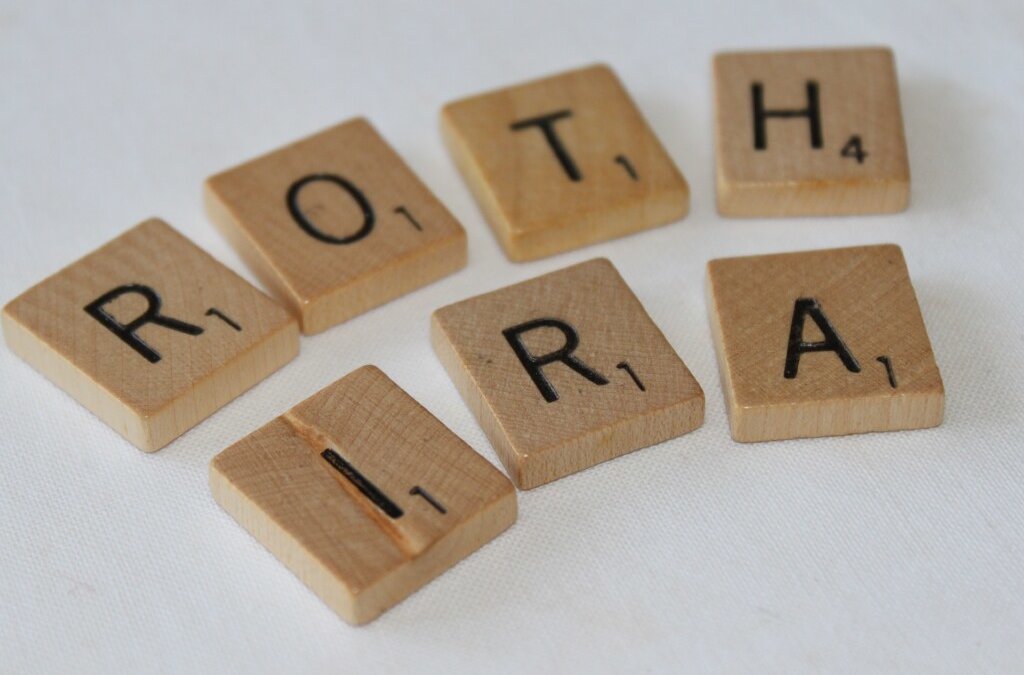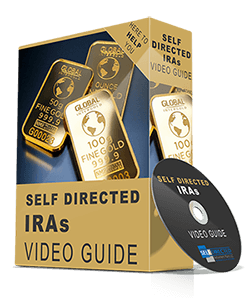The Roth IRA is a powerful investment vehicle. It has extremely good advantages, but it has its own set of limitations. So, let’s understand the pros and cons of a Roth IRA.
What are the Benefits of a Roth IRA
Listed below are the 8 advantages of the Roth IRA.
-
Your retirement income is tax-free.
Unlike traditional IRAs, your contributions towards your Roth IRA are taxed. So, the money in
Roth IRA grows free of tax. That’s not all – the distributions you take out from your account in retirement are also free from federal taxes and are likely to be free from the state as well as local taxes. -
Your Roth contributions can be withdrawn any time
As you have already paid the tax, you can withdraw the contributions at any time. However, after 59 ½ both contributions and earnings can be withdrawn tax-free. This can give you a lot of added income when you’re no longer employed full-time. Think of Roth withdrawals as invisible money – not taxed and not a hindrance for Social Security, etc.
-
It does not make it mandatory for you to take the required minimum distributions.
Traditional IRAs and other employer-sponsored retirement saving plans have required minimum distributions (RMDs). That means, even if you don’t need the distributions, you have to take them because if you don’t, your income may be taxable.
-
With a Roth IRA, you don’t have to take RMDs.
It allows your money to grow uninterrupted and also enables you to pass on more of your retirement savings to your heirs.
-
Your heirs can enjoy tax-free money.
In inherited traditional IRAs and Roth IRAs, RMDs must be taken. However, in an inherited Roth IRA, RMDs remain tax-free.
-
It offers tax flexibility in retirement.
You can make contributions to both a Traditional IRA and/or a Roth IRA. Your total annual limits remain the same. Some financial planners encourage this strategy because it does give a slight tax break in income taxes today and tax-free income at retirement. Also, at retirement, you have a choice of which IRA to draw upon first.For example, at retirement, you can make withdrawals from your traditional IRA until your taxable income hits the top tax bracket. The additional money then can be taken from a Roth IRA.
-
You can contribute even after you turn 70 ½ years of age.
With a traditional IRA, you have to stop making contributions when you turn 70 1/2 years old. At this age, you have to take taxable distributions. Since Roth IRA has no restriction of RMDs, you can contribute even after you turn 791/2 years of age. That means anyone with earned income can keep on adding to their Roth IRA and enjoy the benefits of accumulated wealth when you are actually not having a source of earned income.
-
High earners can enjoy the benefits through a ‘back-door’ entry.
The IRS has set some income thresholds for high-income earners that limit the size of the contribution that can be made. If you are a high-income earner, you cannot make a direct contribution to a Roth IRA above that threshold. But, you can still have the benefits of a Roth IRA by making a nondeductible contribution to a traditional IRA and then converting it to a Roth IRA.
What are the Disadvantages of Roth IRA
Listed below are the 4 disadvantages of the Roth IRA.
-
You pay taxes upfront.
Roth IRAs allow you to make tax-free withdrawals in your retirement. But the contributions you make now are taxable. If you are struggling with your savings, paying tax upfront for your Roth IRA contributions may put you at a disadvantage.
-
You may have income eligibility restrictions.
Not everyone is eligible to contribute to a Roth IRA. You aren’t eligible if your earned income and your modified adjusted gross income (MAGI) exceeds the annual contribution limits. These annual limits change each year.
-
You are charged penalties for early withdrawals.
Although you are allowed to withdraw your earnings from your Roth IRA early, you have to pay the penalty unless you are eligible for qualified distributions. To be eligible for qualified distributions, you should have your Roth IRA account open for at least five tax years, and you should have turned 59 1/2 years or are permanently disabled.
-
You may have a few investment restrictions.
With a Roth IRA, you may have a few investment restrictions. The funds from a Roth IRA cannot be used to invest in collectibles such as metals, gems, antiques, paintings, etc. You also cannot use the funds to buy a personal property. For example, you can’t invest in a house that you’ll use as a vacation home. On similar lines, you can invest your Roth IRA funds in businesses, but not your own.
There are pros and cons of Roth IRA contributions. You should seek the advice of a professional investment advisor to see which is best for you, and don’t forget this can change from year to year depending upon your personal circumstances.
Image Reference – https://ptmoney.com/
Resource: Roth IRA Pros and Cons
Also Read: Roth 401(k) or Roth IRA – Which is More Beneficial?

Rick Pendykoski is the owner of Self Directed Retirement Plans LLC, a retirement planning company based in Goodyear, AZ. He has over three decades of experience working with investments and retirement planning, and over the last ten years has turned his focus to self-directed ira accounts and alternative investments. If you need help and guidance with traditional or alternative investments, call him today (866) 639-0066.




